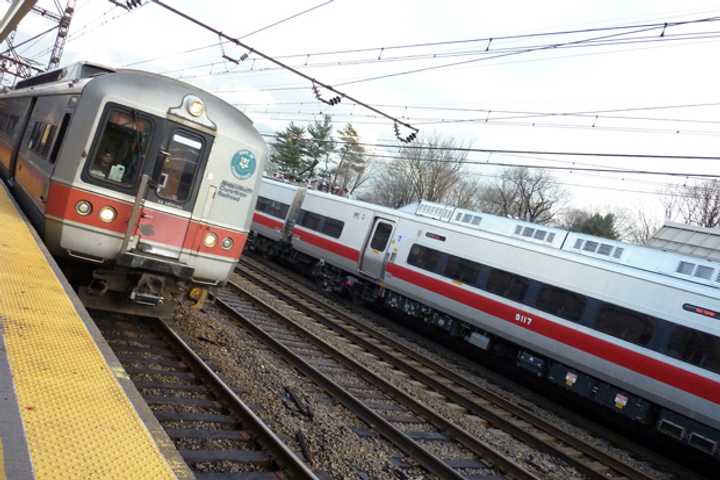While the short-term outlook for the MTA's operating budget has improved with the economy, it's 2015-19 capital program is facing the $9.8 funding gap.
The result of the lack of funding could force the MTA to raise fares and tolls and could lead to less reliable service for riders, said N.Y. State Comptroller Thomas DiNapoli.
"The MTA is looking to the state and the city to close the remaining $9.8 billion funding gap in its five-year capital program," he added. "While we don't yet know how the gap will be closed, we do know that the public mass transportation system is critical to the state and city economies."
To close the gap, the MTA has suggested that the state increase its contribution to the MTA's capital program by $7.3 billion to a total of $8.3 billion and that New York City increase its contribution to $3.2 billion, $2.5 billion more than currently budgeted.
The governor and the mayor have acknowledged the importance of funding the MTA's capital program, but has yet to approve the request. As a result, it isn't possible for the MTA to assess its finances, its fares and toll-paying customers, or the state and city budgets, DiNapoli added.
The MTA's current four year plan extends through 2019. While they anticipate balanced operating budgets through 2017, it projects growing budget gaps of $175 million 2018 and $24 million in 2019 despite its plans to raise fares and by by four percent in both 2017 and 2019.
Currently subway ridership is on track to reach 1.77 billion riders this year, the most since 1949, and Metro-North ridership is expected to set a new record with nearly 84 million riders.
Click here to follow Daily Voice Mahopac and receive free news updates.
